It is not just a couple of days’ work to develop a link between people, business processes and programs which is dynamic and fosters the development of company. For making powerful business and IT interaction profitable, it is necessary to delve constantly into company business processes, to seek for weak points in the flow of data/information, and to find the most suitable solutions for them. We propose 3 steps how to develop such a link between people, business processes and programs which fosters the growth of the company.

|
1. Find your “effectologist” or efficiency driving forceTo create a powerful “bridge” between business and IT, firstly, you have to find someone who likes analyzing and seeking for possibilities how the work can be done better and faster by all together. Take a look around – for some, this person might be a skillful and innovative IT manager, for others – business analyst or quality manager. Look for passion, persistence and analytical business thinking as these are important qualities for asking proper questions, noticing the right connection between cause and effect and knowing the correct direction where to find the solution. If you do not see proper candidates inside the company, try to involve the resources from outside. Start at least with one improvement in efficiency per month, and in long-term you will obtain more united and loyal team and increasing added value of the company! |
 |
2. Obtain understanding about the flow of information in your companyEntrust to the candidate chosen by you to talk and listen to medium and operative level managers (M and M-1) in order to obtain enhanced understanding how work is organized within the framework of both one process/function and several units/business functions. The main task is to obtain clear understanding on how information or data flow currently moves within the framework of your infrastructure – where are delays and where are the lack of data, etc. When performing the analysis of the existing situation, you will be able to create more precise vision of how your information systems are supposed to operate in the future. But what you should start with? Assess carefully providing of which operative flow of data provides higher added value to the company. Make a list of priorities and get down to work! |
 |
3. Choose the data automation solution which best corresponds to your needsTo ensure that the solution of the problem brings the expected result, it is recommended that you spend sufficient amount of time for understanding the true causes of the problem. Start with questions indicating on main problems and areas in which improvements will provide the greater return, for example:
|
After understanding the true causes of problems, you will find out the criteria and requirements to which special attention must be paid so that it was possible to choose from the wide range of data automation solutions the ones that fit the best for the specific needs and processes of your company! It is recommended to refrain from temptation to choose one impressive data automation solution as a response to all problems in business processes. Consequently, in most cases there is a clumsy solution obtained from which possibly only a small part is used. However, by the use of several specialized data automation solutions and their mutual integration, you will obtain easily manageable information system which ensures a possibility to retain competitiveness in business also in current changing business environment circumstances.
Good luck with it!















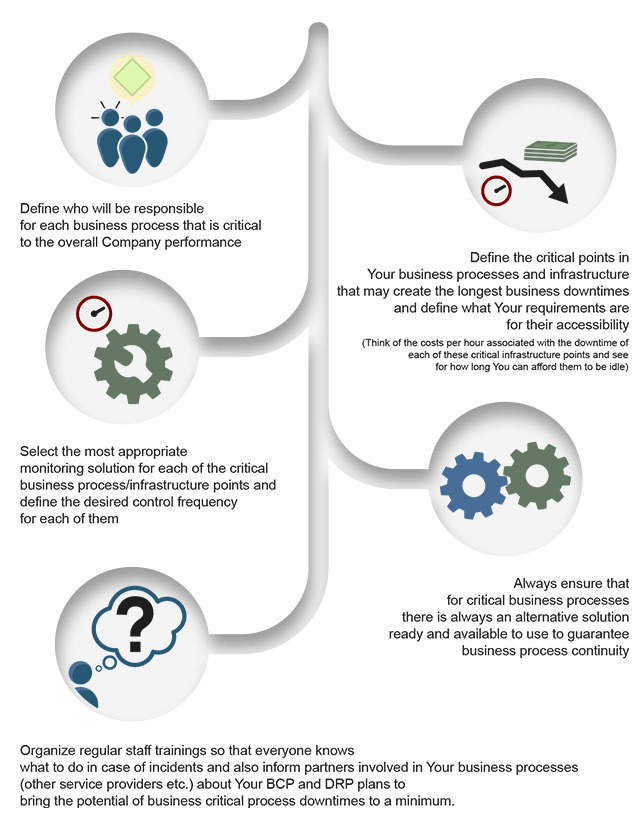























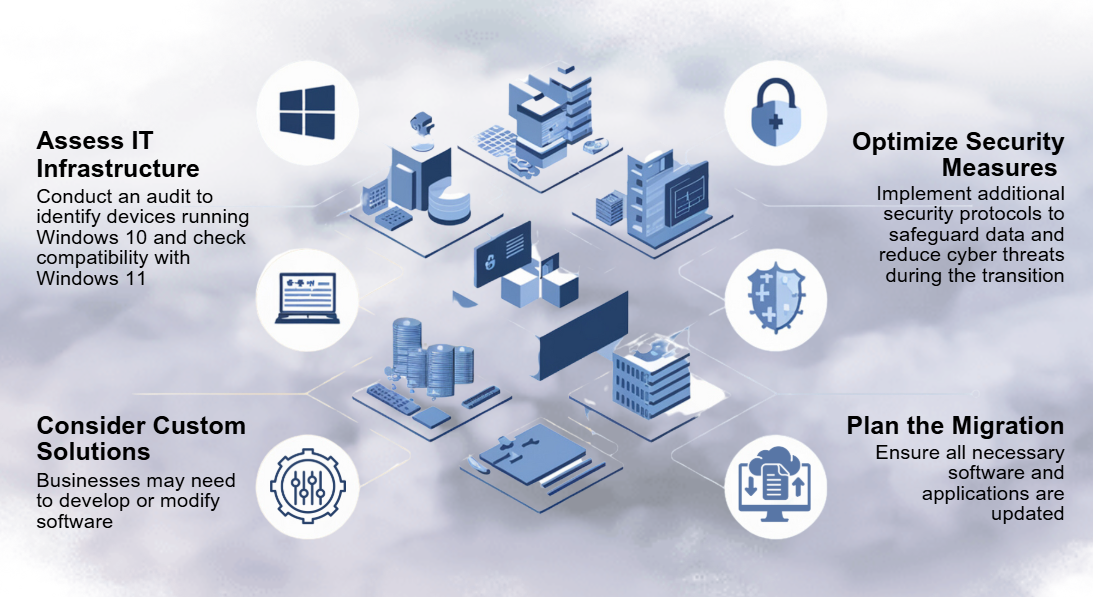
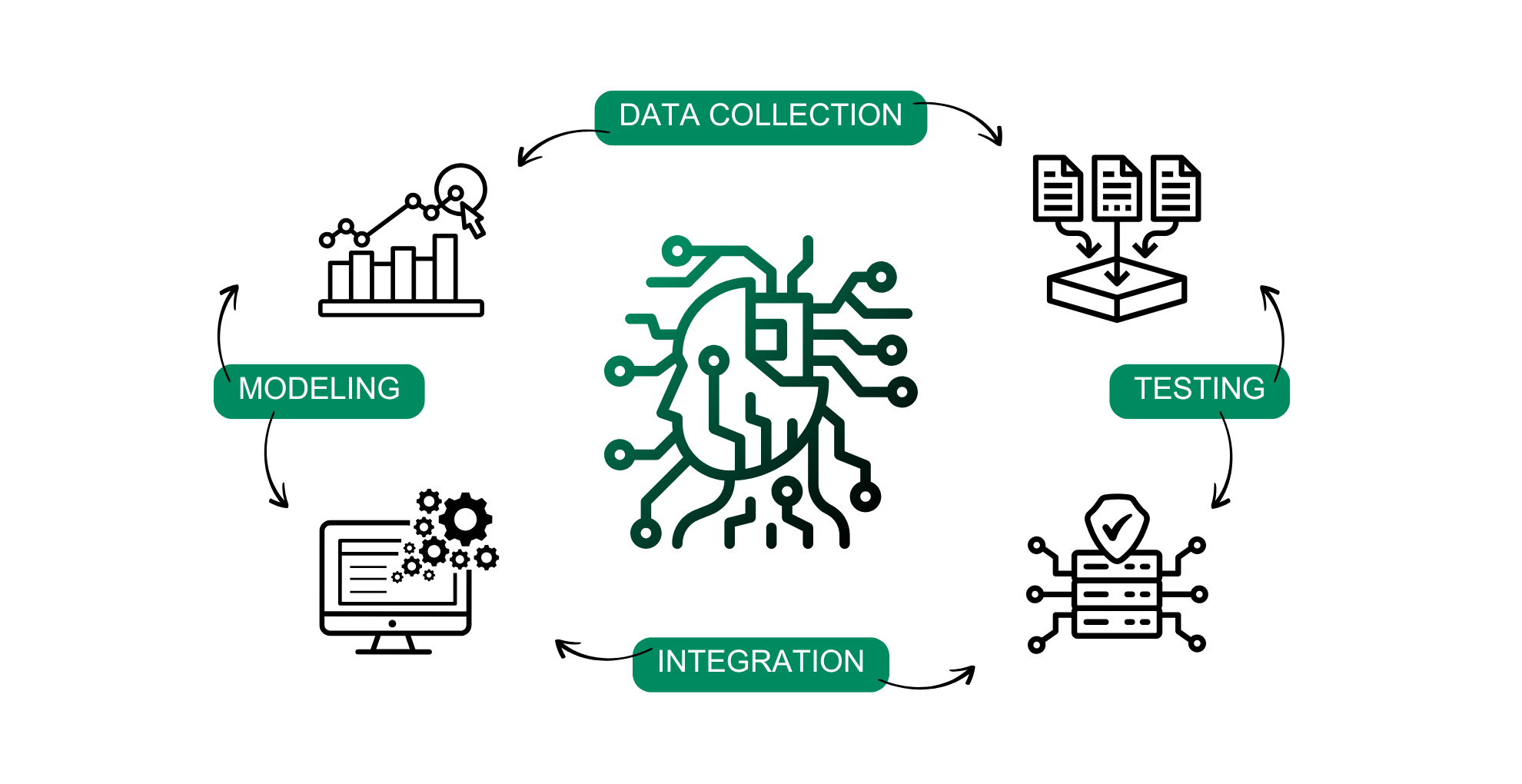
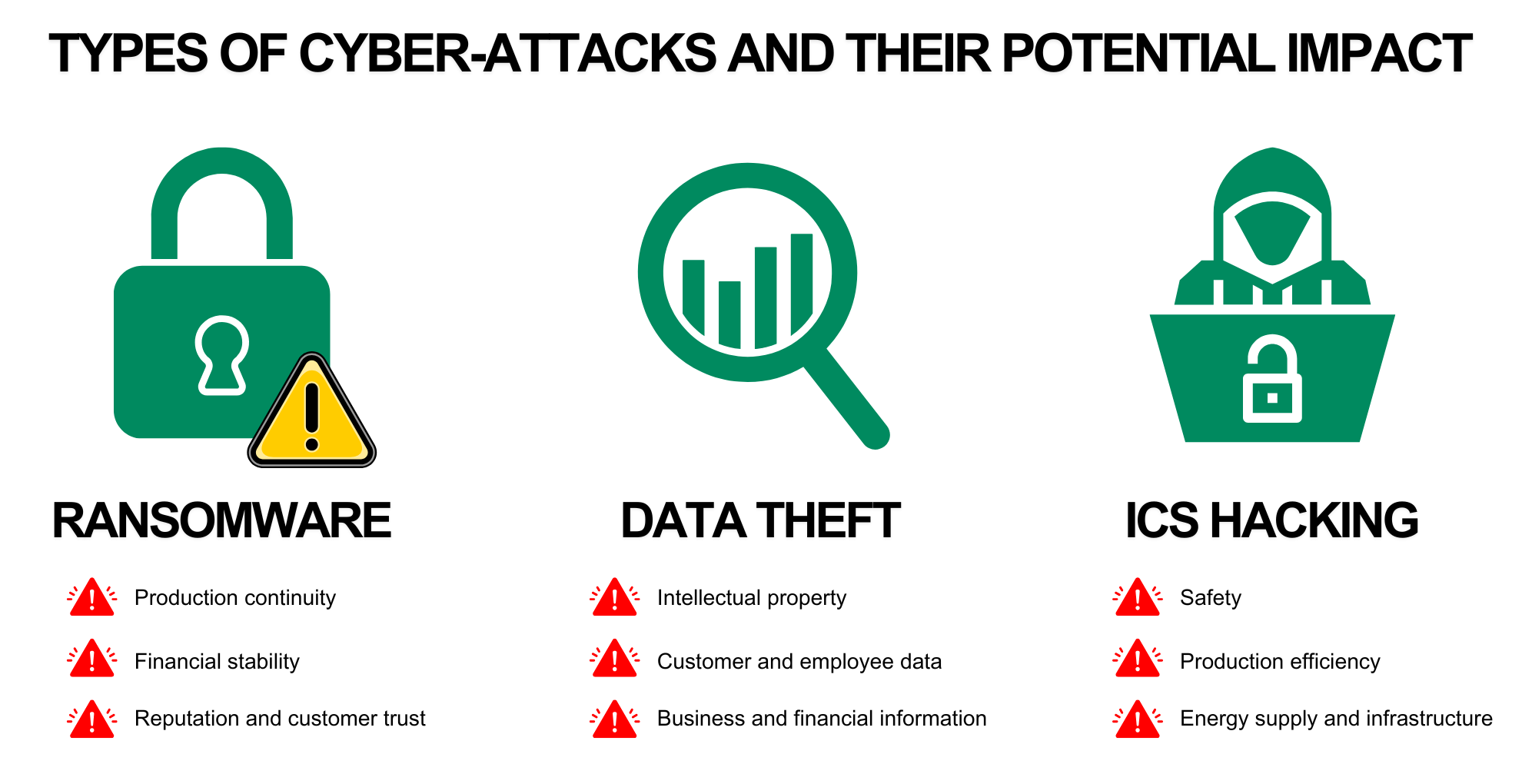

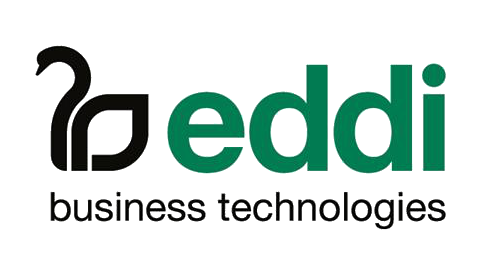
 Garā iela 2, Dreiliņi, Stopiņu novads
Garā iela 2, Dreiliņi, Stopiņu novads

